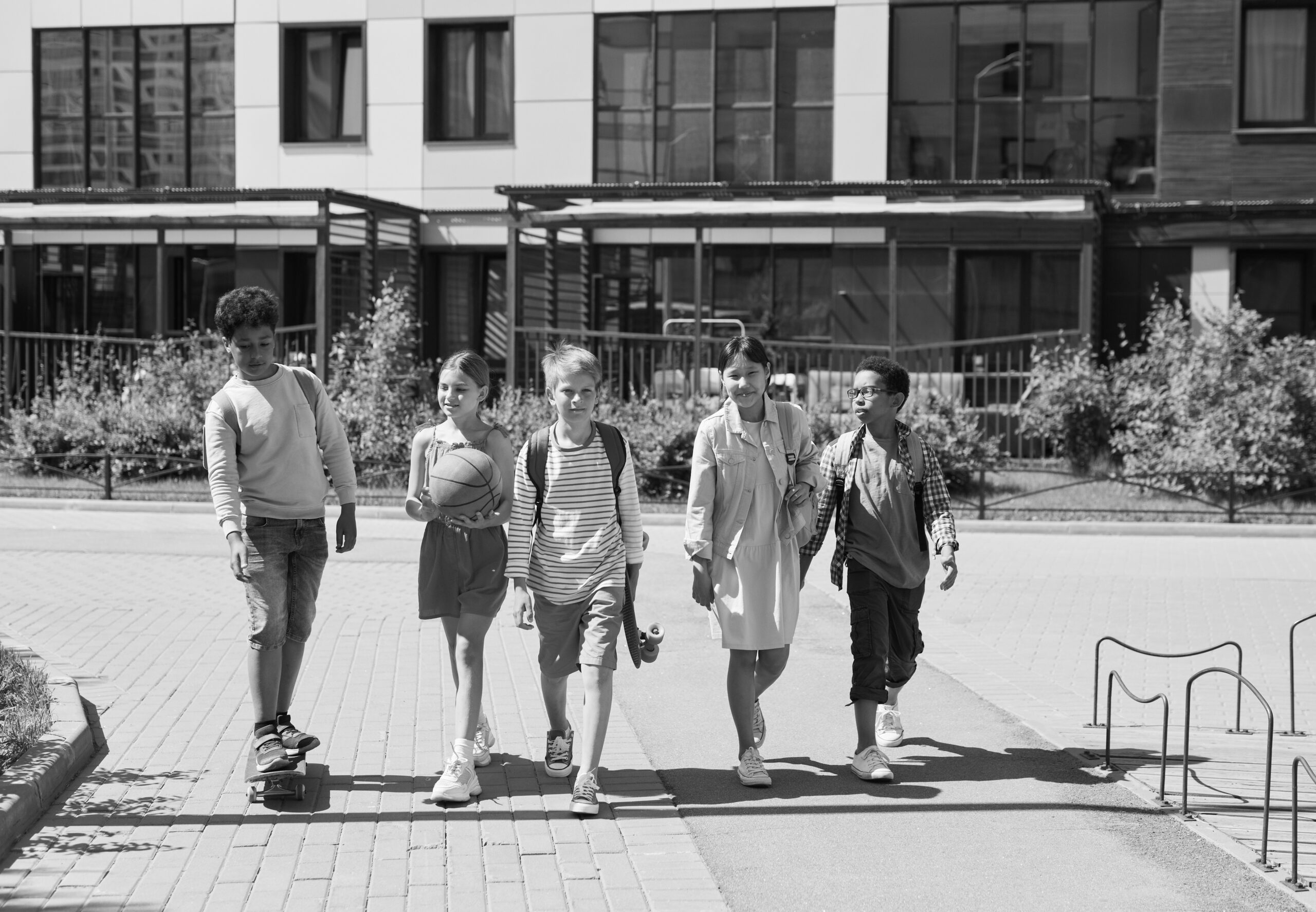As a parent, I struggle with the tension of too much versus too little information at my disposal. Evaluating my child’s educational options oscillates between a lack of information (e.g., what my child’s learning at school and areas of needed support) and an overwhelming amount of information (e.g., sifting through endless overviews about enrichment programs). Based on Bellwether’s latest polling analysis, I’m not alone in navigating these challenges.
Bellwether’s updated Parent Perception Barometer, a tool that aggregates and tracks national K-12 education polling data, suggests a need to better understand the information parents receive about their child’s academic progress and how they interpret that data. The polling data indicate that a majority of parents are satisfied with the quality of their child’s school, and that their concern about their children’s academic and socio-emotional progress is lower than it was earlier in the COVID-19 pandemic (despite documented learning loss nationwide). The diminished concern may be due to parents’ perception of their children’s academic progress: 43% of parents reported their child has not experienced any learning loss, whereas recent state and national assessment data (most notably the National Assessment of Educational Progress) show substantial learning loss for many students.
Even though parents say they’re less concerned with their children’s academic progress, other stated and revealed preferences show they’re looking for new opportunities. What’s really going on?
We’ve already seen a substantial enrollment shift away from traditional public schools towards other models during the pandemic, including charter schools, private schools, homeschooling, and microschools. But given high and stable rates of parent satisfaction with their child’s school, most parents may not be looking to change schools as much as they’re interested in more supplemental learning opportunities outside the traditional school day.
In Education Beyond the Classroom: Parent Demand and Policy Support for Supplemental Learning Options, Alex Spurrier, Juliet Squire, and I examine parents’ interest and access to supplemental learning opportunities and find a significant unmet demand. Depending on the type of activity (e.g., athletics or arts) between 28–48% of parents reported their child was interested, but not currently participating.
There are several barriers to access, but the most common obstacle parents cite is a lack of information. Even if parents are interested in a type of supplemental learning for their child, such as an arts-focused program or one that includes career preparation, 29-37% of the time they don’t have enough information about the specific programs that might fit their child’s needs. Unfortunately, the students that have been most impacted by pandemic-related learning loss, such as low-income students and students of color, are also the least likely to access the supplemental opportunities that could help.
In the report, we identify multiple ways that policymakers can help parents better navigate these information barriers, including:
- Incentivizing schools to serve as information hubs to help families navigate available options through funding the development of more community school models with porous boundaries among family, school, and community.
- Providing adequate funding for communications and awareness campaigns to inform families as a part of policy implementation efforts.
- Partnering with trusted community organizations and web-based platform providers to help families navigate the ecosystem of options to find those that fit their children’s needs.
It’s clear that many parents like me are interested in supplemental learning options outside of school to benefit their child but lack access to reliable information. This information gap too often prevents parents from taking advantage of assembling high-quality educational opportunities. By giving more parents information to identify specific programs that would benefit their child, policymakers can make it more likely that kids are getting what they need, when they need it.
